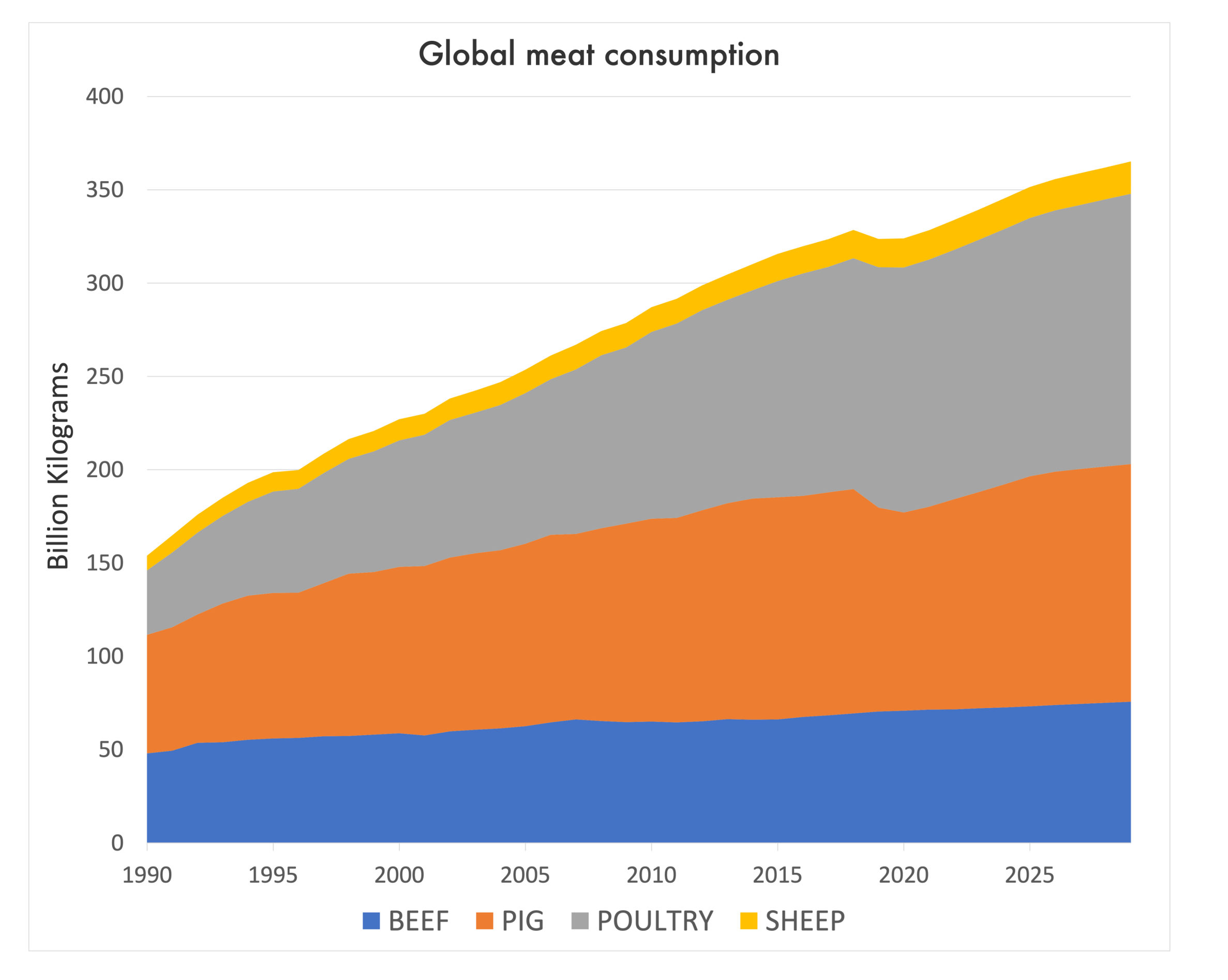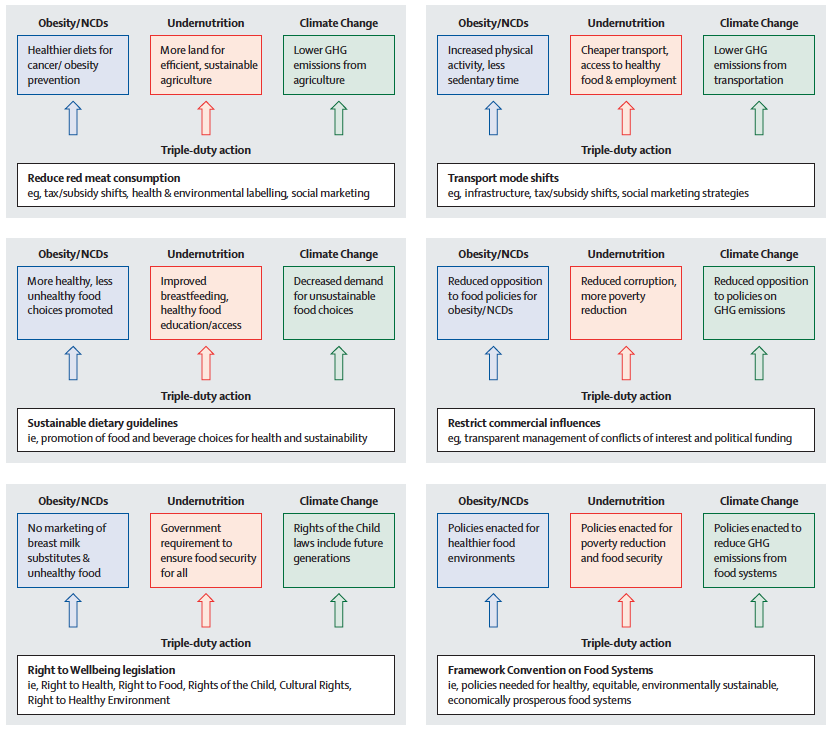FOOD BYTES IS A (ALMOST) MONTHLY BLOG POST OF “NIBBLES” ON ALL THINGS CLIMATE, FOOD, NUTRITION SCIENCE, POLICY, AND CULTURE.
Things are off to a great start this new year. New York City finally got a bit of snow after 700 days without the fluffy stuff. It wasn’t much, but it was something. This absence of wintery weather further reinforces the idea that we live in a hotter world for any doubters out there…
It reminds me of a song, we, Sound Furies, wrote several years ago called 6-year snow on our 2nd album 3.3 x 3.3 = S.S.. The lyrics go something like this:
last night it snowed though it's almost summer
it hasn't snowed here for 6 yrs
maybe it was the silence, like a blanket in the night
we don't know why we had this dream
we got up and danced, to the silence of the snow
and then we really woke up at home
Here are some curated and random updates for January’s Food Bytes:
My friend and colleague Glenn Denning, a professor at Columbia University, wrote a fantastic book last year, Universal Food Security, and he is featured in Time magazine on how to feed the world sustainably.
Over the holidays, I read the 2023 Best American Food Writing curated by Mark Bittman, also a professor at Columbia. I loved the story, Is the Future of Food the Future We Want? by Jaya Saxena, written initially for Eater. Speaking of the future of food, is Grubstreet trying to make Steve Ells the found of Chipotle look like a serial killer? Check out what he is up to now…
I am now reading Mark Kurlansky’s The Big Oyster. Who knew how essential oysters were to New York City’s economic growth? If you like oysters, eat up - they are rich in zinc. I have lots of time for Mark’s writing on food history.
Far and Wide published an article on the best thing to eat in every country. There aren’t many surprises. For Italy, they chose Bolognese. Speaking of bivalves, I would have chosen spaghetti alla vongole myself…
This past week had a lot of reporting looking back at 2023 and the impact climate change is having. It was clearly the hottest year and summer particularly on record. Just look at this graph to the right. Not sure anyone needs more convincing but if they do the new Ripple and colleagues paper hits home: “Life on planet Earth is under siege. We are now in an uncharted territory. For several decades, scientists have consistently warned of a future marked by extreme climatic conditions because of escalating global temperatures caused by ongoing human activities that release harmful greenhouse gasses into the atmosphere. Unfortunately, time is up.” YIKES…
About 60 food system experts published the Food Systems Countdown paper and report. I was really proud to get this out in the world. I hope it is now used…Speaking of data, it was great to see Hannah Ritchie of Our World in Data and author of Not the End of the World featured in the NYT. I loved this quote from her:
“The role of science is not to dictate policy. Science identifies the problems. It can identify potential impacts. It doesn’t dictate solutions. The role of science is to say, “If you do this, this is the outcome.” It should not say, “This is what you ought to do.” Even in the book, I try to tread that line quite carefully. I’m trying not to be superprescriptive. We live in democracies. We need to make democratic choices. We move into dangerous areas if we try to undermine democracy in order to tackle these problems.”
Here are a couple of other interesting articles/reports I read over the last two weeks:
World Dev paper on forecasting acute malnutrition among children using environmental conditions (precipitation, temperature, vegetation) and lethal and non-lethal conflict activity as predictors. Punchline? These conditions matter.
Arid regions are going to get even drier. It's not optimistic for pastoralists and the animals they roam with, who are already significantly constrained. It is estimated that 25% of the world is living with drought.
UNEP put out a report, What’s Cooking, that assesses the state and future of alternative proteins. It's a worthy read on the growth and demand of these products.
There are so many great articles in the Global Food Security journal. I enjoyed this article by Elizabeth Bryan at IFPRI on gender inequalities and strengthening women's agency to create more climate-resilient and sustainable food systems. Punchline? Women matter. A lot.
Systems Change Lab put out a State of the Climate report. It presents a roadmap across the various sectors contributing to and could be a solution in mitigating climate change. They show how far we are off track (see the figure). Punchline? It ain’t pretty. My New Year's resolution is to try to be more positive. This report did not help.
I want to leave you with two videos. The first is the Winterkeeper in the Guardian. This lovely video is about the winter caretaker in Yellowstone National Park who has lived there for 50 years. What a life of a person who has lived tranquility and appreciation in kinship with nature. Oppenheimer seems to be sweeping the movie award season, and it is worth watching the real Oppenheimer to better understand his views later in his life about whether the atomic bomb was necessary. Have a watch.



